Mining Farms Uncovered — How Crypto Is Mined at Scale

As a cornerstone of the crypto industry, mining farms drive blockchain networks. But how do they work? Uncover the mechanics behind these cutting-edge hubs and their role in the crypto landscape.
Far more than just digital money, cryptocurrencies are a thriving ecosystem, rooted in blockchain innovation.
Central to this ecosystem is mining—the process of extracting cryptocurrency. Mining farms, facilities packed with high-tech computing systems, take this process to the next level. Unlike traditional farms producing crops, crypto farms generate valuable digital assets.
So, what makes a mining farm so unique?
What Is Mining?
"Mining," derived from the term for extracting natural resources, is a fitting analogy for today’s digital asset hunters. Miners are like tech-savvy prospectors, extracting cryptocurrency using high-powered computing systems.
Imagine a vast lottery with countless participants. Everyone guesses a number, but only the first correct answer wins a prize. Mining farms are groups of cutting-edge machines relentlessly generating combinations, working billions of guesses per second in this digital lottery.
Сheck out: Bitcoin Mining: A Beginner's Guide
Each cryptocurrency relies on a distinct consensus algorithm to safeguard and synchronize its decentralized network. Bitcoin's Proof-of-Work system, for example, involves solving highly complex equations to generate a valid hash.
Mining farms use powerful computers to perform millions of attempts per second, striving to find a hash that aligns with the required parameters. Upon success, a new block is integrated into the blockchain, a decentralized digital ledger that chronicles every transaction.
Mining's Origins and Development
Mining traces its roots back to 2009 with Bitcoin's creation. Initially, the process was simple, with miners leveraging everyday computers to solve basic equations.As mining became more popular, the network responded by increasing difficulty to ensure blocks were mined at a consistent pace. Ordinary PCs gave way to GPUs, which were better suited to handle the growing computational demands.
The introduction of ASIC miners marked a turning point. These specialized devices significantly boosted efficiency but also made mining an energy-intensive and capital-heavy endeavor.
The evolution of mining technology led to the creation of mining farms—massive operations consisting of tens, hundreds, or even thousands of mining rigs. These farms enhance computational efficiency and reduce energy consumption, offering miners a crucial advantage in the ever-growing crypto industry.
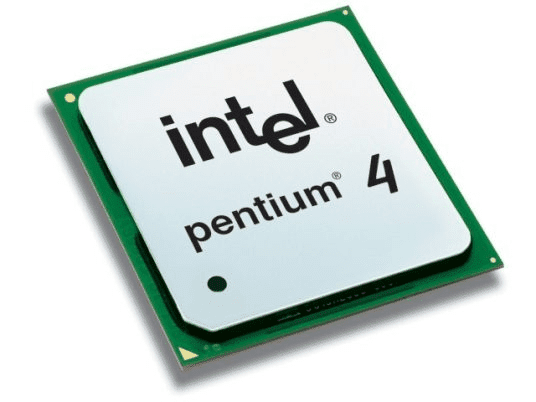
Mining started with simple processors like these. Source: nachasi.com
The Anatomy of a Mining Farm
Mining farms come in all shapes and sizes, from small-scale setups to sprawling industrial operations. Larger farms can occupy expansive facilities or dedicated buildings, packed with powerful machines like GPUs and ASIC miners, working tirelessly to generate cryptocurrency.
These spaces are purpose-built, equipped with complex wiring systems and advanced power management to handle the immense energy demands of the equipment. Stability and efficiency are critical for uninterrupted operation.
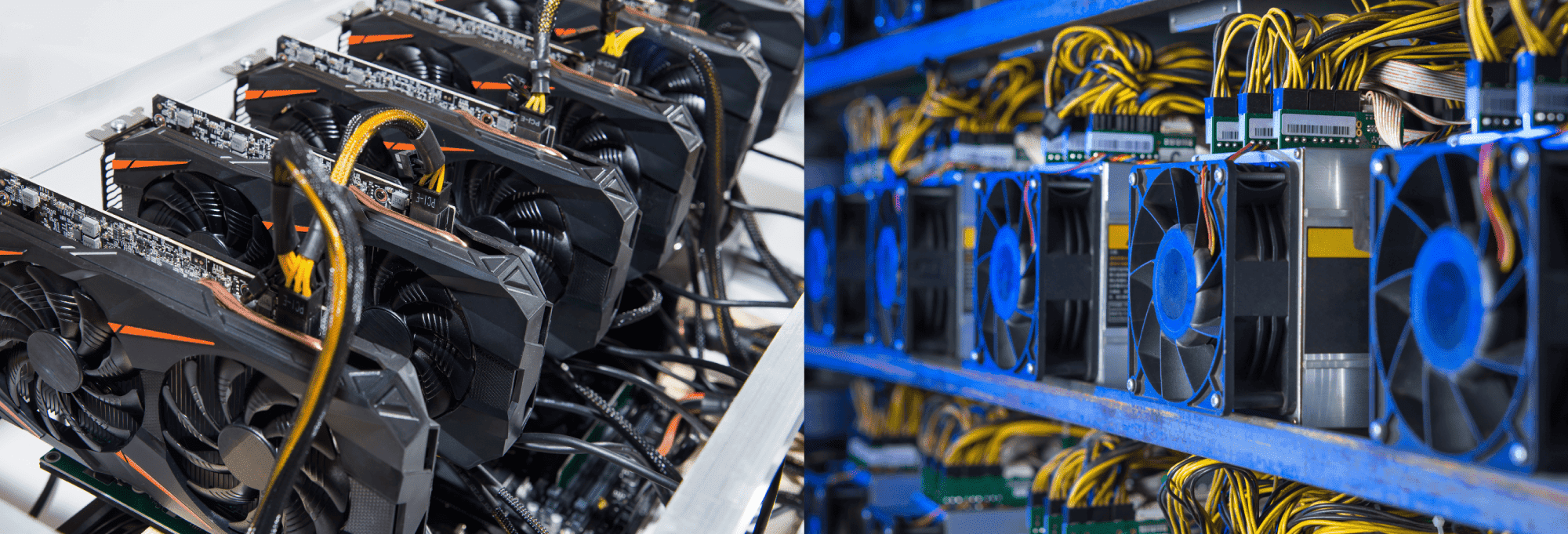
Pictured: Mining GPUs and ASICs. Source: https://www.cudominer.com/
To manage the heat generated by non-stop operations, mining farms use efficient cooling solutions, including air conditioning and water cooling systems. The noise levels produced by mining hardware often necessitate soundproof facilities or remote locations away from urban areas.
Smaller, home-based farms are less complex—typically comprising a handful of GPUs arranged on shelving units or within a purpose-built mining rig.
For those lacking high-end equipment, mining pools provide a collaborative solution. Miners pool their computational resources to enhance the chances of finding valid hashes, sharing the rewards proportionally. WhiteBIT's mining pool stands out with its intuitive design and support for SHA256, offering balanced resource use and steady profits.
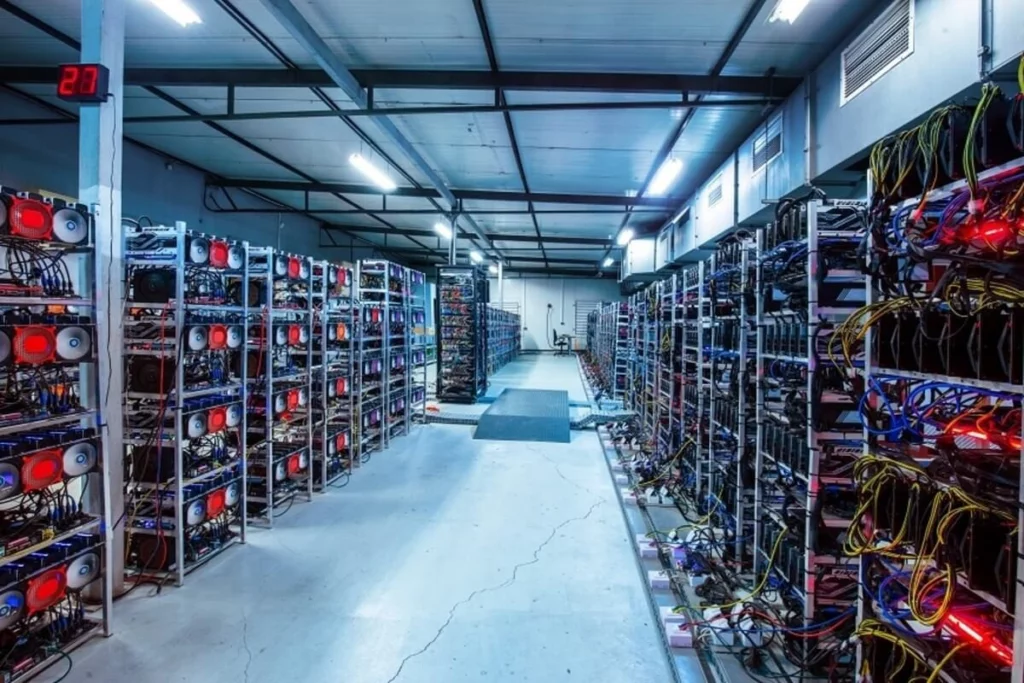
Mining Farm. Source: AdobeStock / Photocreo Bednarek
What Powers a Mining Farm?
Mining farms are sophisticated setups, using interconnected mining rigs to process transactions and add blocks to the blockchain. These farms typically consist of tens or hundreds of devices working simultaneously. Each machine participates in solving cryptographic puzzles, which, when completed, secure the blockchain by validating transactions.
Located in areas with robust power infrastructure and cooling systems, mining farms are designed to handle the intense computational demands of their hardware. Farms monitor device performance, manage settings, and ensure smooth operations through remote control systems. Specialized software solutions provide an overview of productivity, allowing miners to fine-tune processes without being on-site.
The Building Blocks of a Mining Farm
GPUs (Graphics Processing Units): These versatile workhorses are indispensable for crypto mining, enabling fast and efficient processing of data. Ideal for mining Bitcoin and other cryptocurrencies, GPUs leverage their multi-core architecture for effective parallel computations.
ASICs (Application-Specific Integrated Circuits): ASICs are designed to mine specific cryptocurrencies, most notably Bitcoin, with unmatched speed and energy efficiency. However, their design limits them to a single crypto, reducing flexibility compared to GPUs.
Software for Mining Operations: This software acts as the brain of a mining farm, linking it to the blockchain and enabling precise configuration of mining tasks. It monitors equipment health and helps optimize output for better profitability.
Cooling Infrastructure: Effective cooling is non-negotiable in mining farms. As GPUs and ASICs operate under heavy workloads, they generate immense heat, necessitating advanced cooling solutions like industrial-grade fans and air conditioning units.
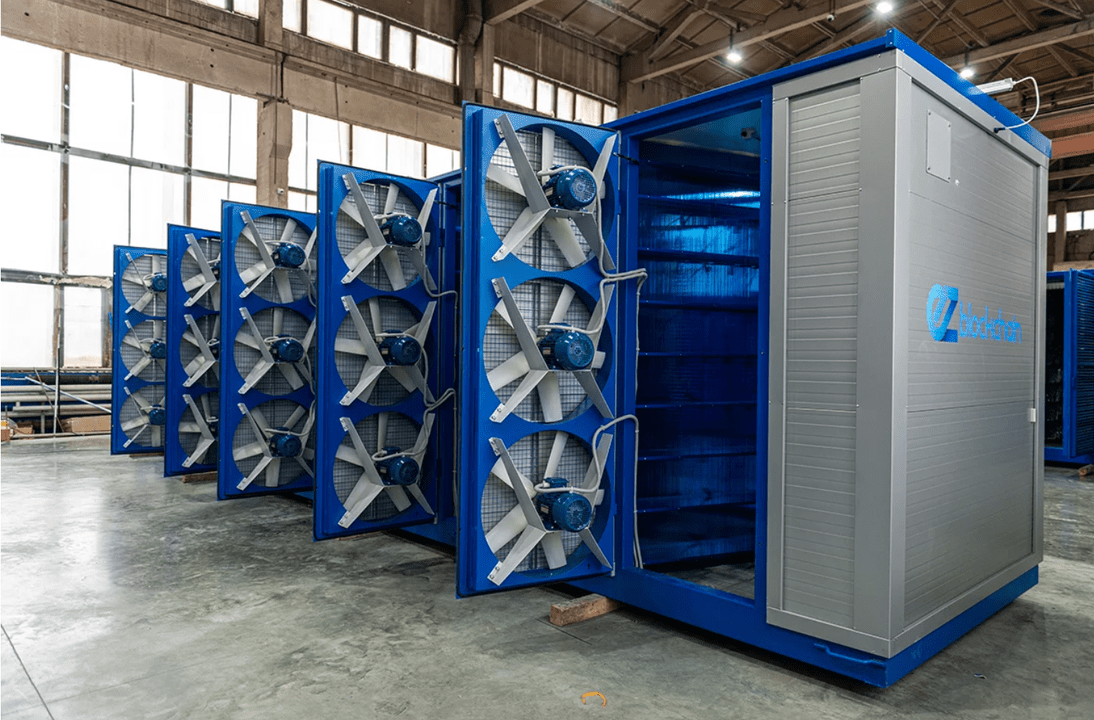
Airflow Solutions for Mining Farms. Source: woolypooly.com/
How It Works
- Step 1: Connecting to the Blockchain
Mining farms begin by linking to the blockchain network. When a Bitcoin transaction is initiated, it’s miners who validate the transaction and incorporate it into the public ledger. Their reward? Transaction fees and new Bitcoin. - Step 2: Hashing Transactions
Transactions are encoded into cryptographic puzzles. Through hashing, mining farms tirelessly compute the solution by processing millions of possibilities every second, ensuring the integrity of the blockchain. - Step 3: New Block Creation
Once the correct hash is found, the mining farm earns the privilege to add a new block of confirmed transactions to the blockchain. This process resembles filling out a permanent ledger page that cannot be altered. - Step 4: Incentives for Miners
For successfully adding a block, miners receive cryptocurrency rewards, ensuring continued participation and blockchain stability.
Electricity Demands
The energy requirements of mining farms are immense. To cut expenses, many turn to cost-effective energy solutions or embrace sustainable mining, incorporating technologies like solar arrays or wind energy systems.
Top Global Mining Farms
The specifics of the world’s largest mining farms are shrouded in secrecy due to fierce competition. Their operational scale is often inferred from hash rates reported by associated mining pools. Precise details, such as equipment count or setup, are rarely shared, as they constitute sensitive business data.
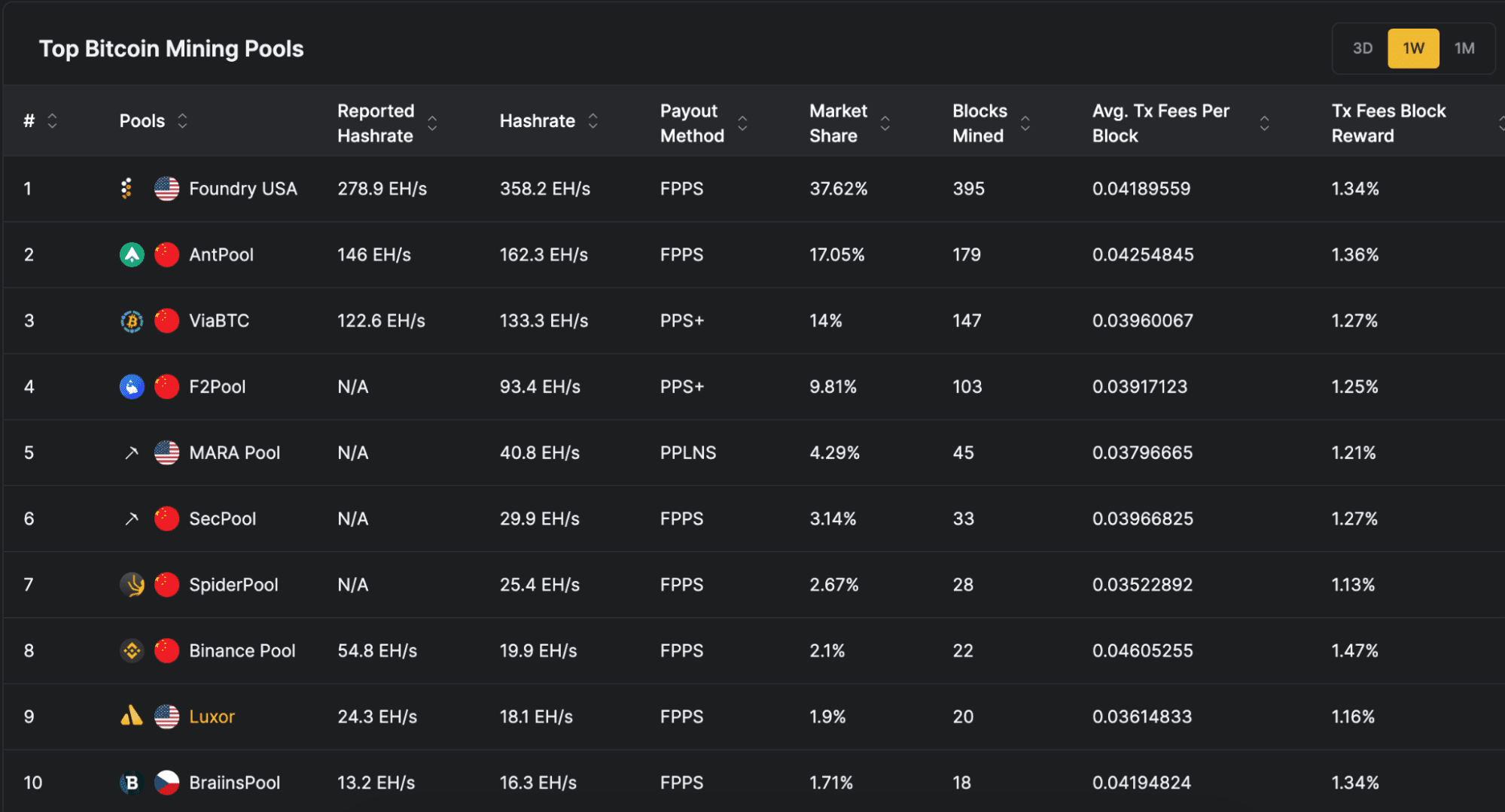
Top-10 Mining Pools. Source: hashrateindex.com/
The success of mining farms often hinges on affordable energy and effective cooling solutions. Leading regions include:
- China: Previously a mining leader due to cheap power and abundant hardware, recent government crackdowns have sharply reduced activity.
- Iceland: Cheap geothermal energy and cold weather make Iceland an attractive destination for cost-conscious miners.
- United States (Texas and Washington): With their low electricity costs and business-friendly policies, these states are emerging as mining powerhouses.
- Canada: Hydropower from provinces like Quebec and British Columbia provides miners with an eco-friendly and economical energy source.
Sustainable and Decentralized — The Future of Mining
The next chapter in mining is poised to be environmentally conscious and technologically forward-thinking. Rising energy costs are driving investments in renewable energy solutions, including solar arrays, wind farms, and geothermal plants.
Additionally, innovations in blockchain architecture aim to decentralize mining further. By reimagining block allocation and reward systems, these changes could diminish the dominance of large mining operations and make room for smaller, independent miners, ensuring a more balanced ecosystem.
Proof-of-Stake (PoS) consensus is emerging as a leading alternative to traditional mining, offering a more energy-efficient approach where users stake coins to support the network. This paradigm shift aims to enhance accessibility and environmental responsibility within the mining sector.
Mining farms are integral to blockchain functionality, providing the computational power to verify transactions and generate blocks. Their scale varies significantly, from compact home rigs to massive industrial complexes equipped with advanced technology, consistent energy supplies, and effective cooling solutions.
The next wave of technological development will drive mining farms toward eco-friendliness and inclusivity, with the blockchain ecosystem striving to reduce the dominance of large players.
Recommended


